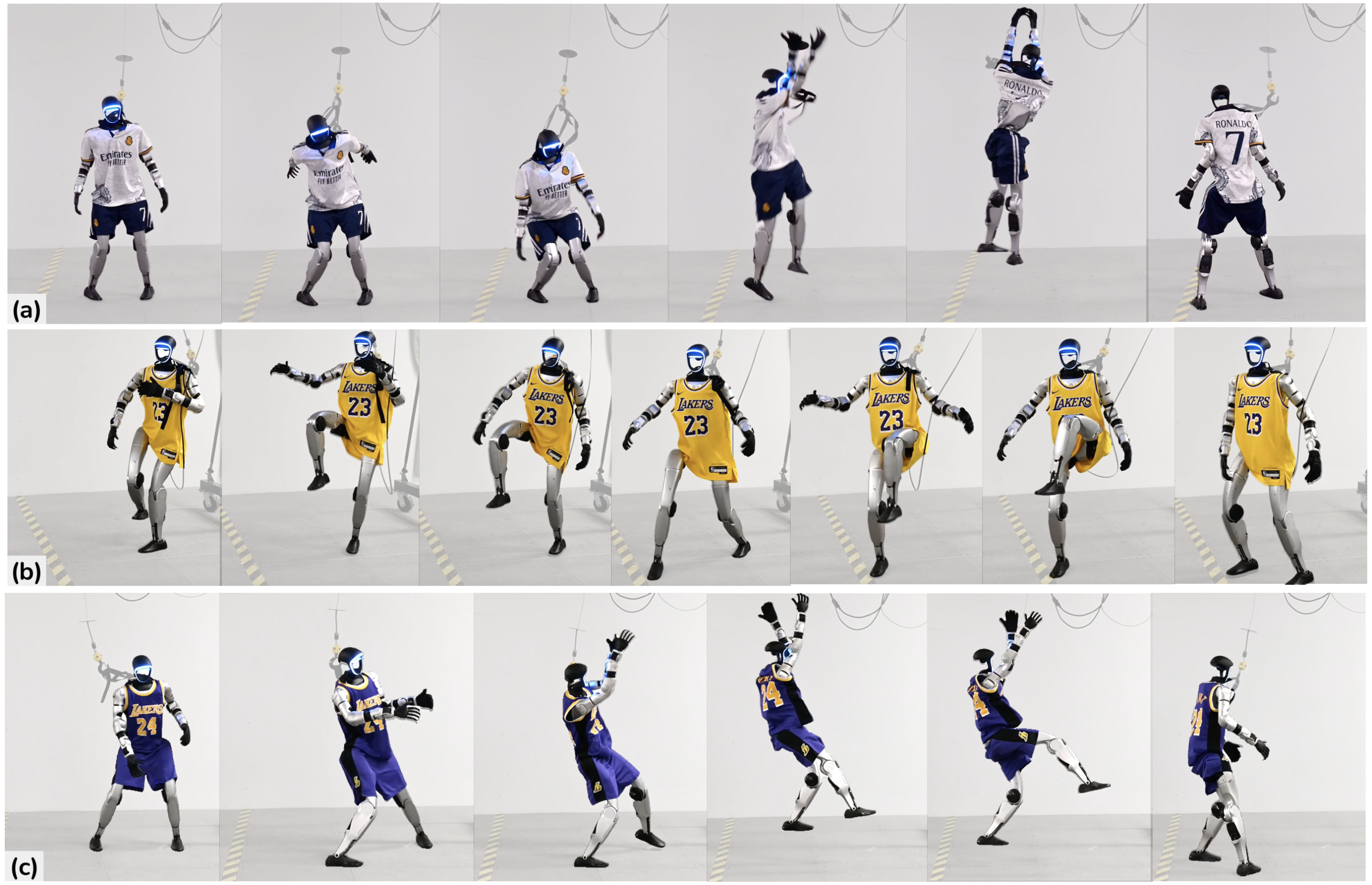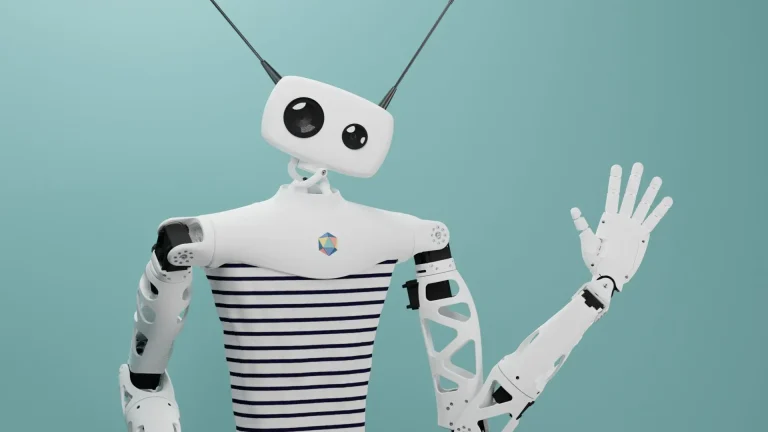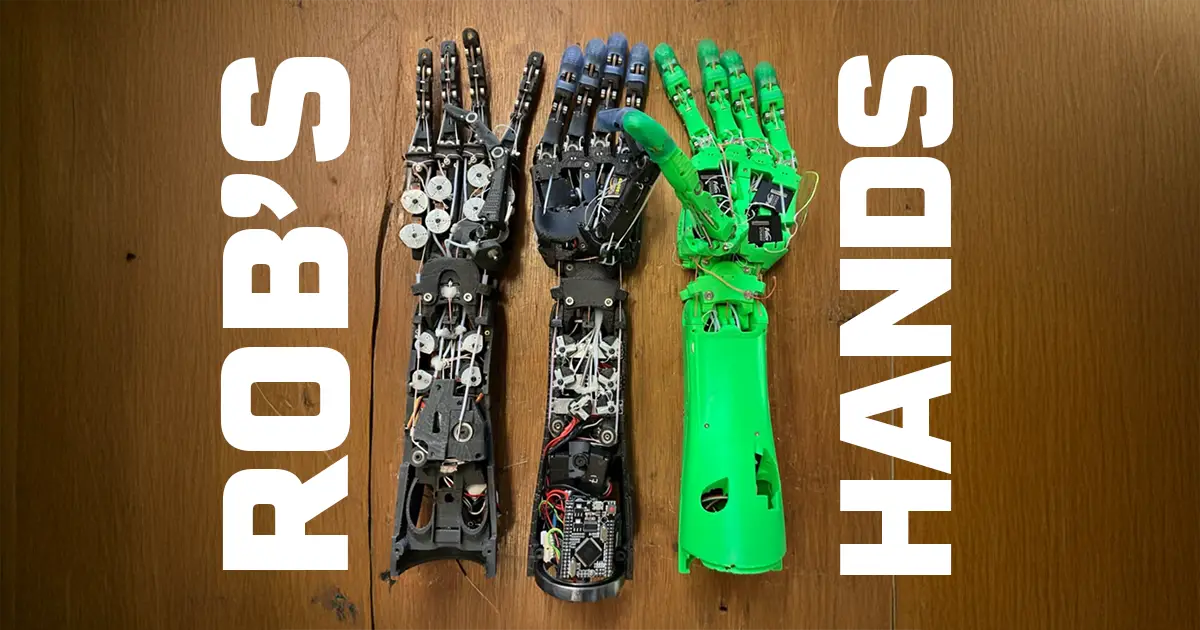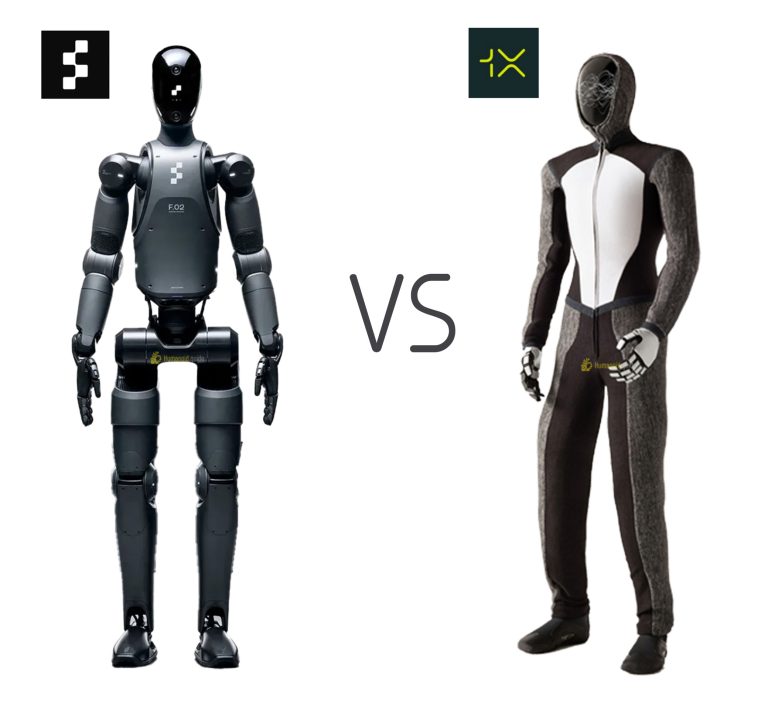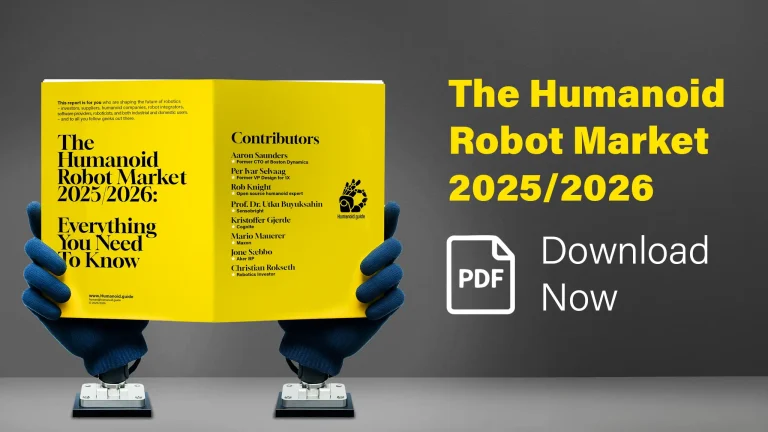NVIDIA and CMU with groundbreaking Humanoid research
Bridging Simulation and Reality: Unleashing Agile Humanoid Skills with ASAP
2026 Humanoid Robot Market Report
160 pages of exclusive insight from global robotics experts – uncover funding trends, technology challenges, leading manufacturers, supply chain shifts, and surveys and forecasts on future humanoid applications.

Featuring insights from
Aaron Saunders, Former CTO of
Boston Dynamics,
now Google DeepMind
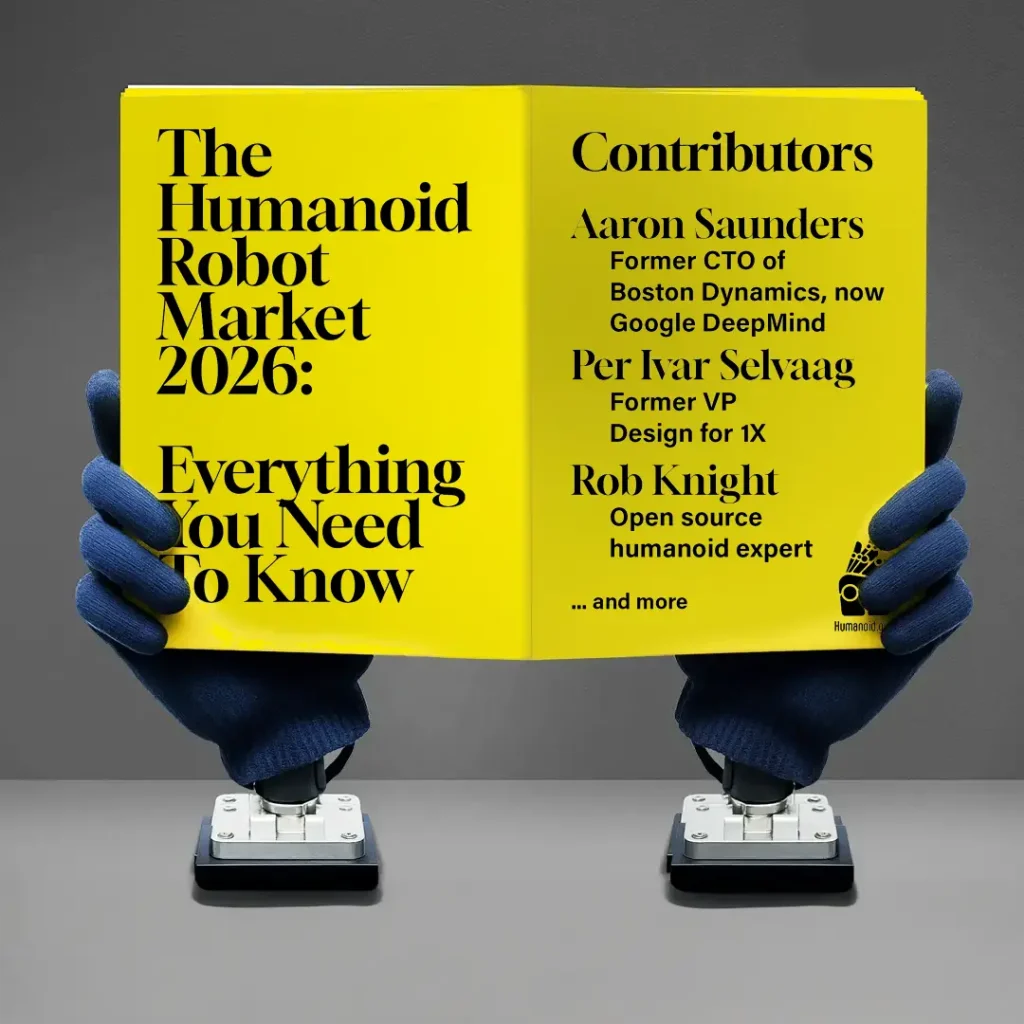
2026 Humanoid Robot Market Report
160 pages of exclusive insight from global robotics experts – uncover funding trends, technology challenges, leading manufacturers, supply chain shifts, and surveys and forecasts on future humanoid applications.
In a world where robotics is rapidly evolving, a groundbreaking framework called ASAP is redefining agile humanoid control. ASAP—short for Aligning Simulation and Real-World Physics—addresses one of the most persistent challenges in robotics: transferring agile, whole-body skills learned in simulation to real-world environments.
Traditionally, training humanoid robots in simulation has been limited by the significant gap between simulated dynamics and actual physics. This discrepancy often results in robotic motions that lack the fluidity and precision of human movements. To overcome this barrier, researchers from Carnegie Mellon University and NVIDIA developed a two-stage approach. In the first stage, human motion videos are retargeted to generate agile robot movements, allowing motion tracking policies to be pre-trained in simulation using real human dynamics. In the second stage, real-world data is gathered to train a novel delta action model that learns corrective actions. This model compensates for the dynamics mismatch by fine-tuning the pre-trained policy, ensuring that the robot’s performance closely mirrors the complexities of real-world physics.
The results are striking. Robots can now execute intricate maneuvers—from Cristiano Ronaldo’s signature celebration jump and LeBron James’s single-leg balancing act to Kobe Bryant’s graceful fadeaway jump shot—with enhanced agility and coordination. Extensive experiments across various simulation platforms and real-world tests demonstrate that ASAP significantly reduces tracking errors compared to conventional methods like system identification and domain randomization.
By effectively bridging the simulation-to-real gap, ASAP paves the way for a new era of agile, expressive, and versatile humanoid robots. As this innovative research continues to mature, the future of robotics looks increasingly promising, with machines ready to navigate and interact with our complex world in ways previously thought impossible.
Take a closer look at the Unitree G1
Link to full research paper

